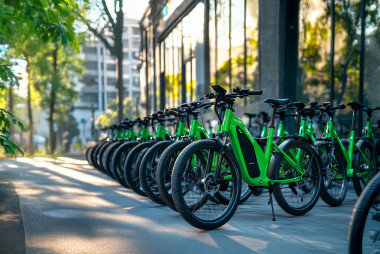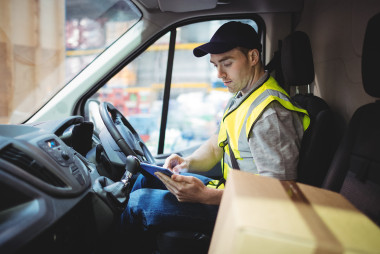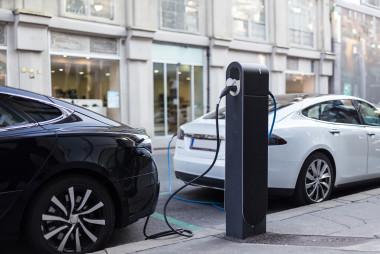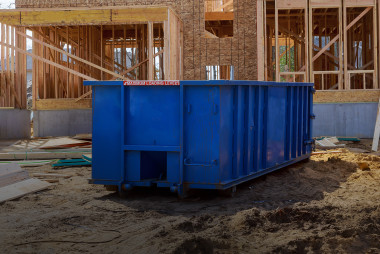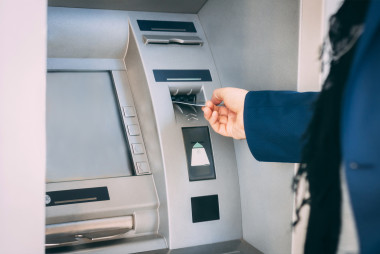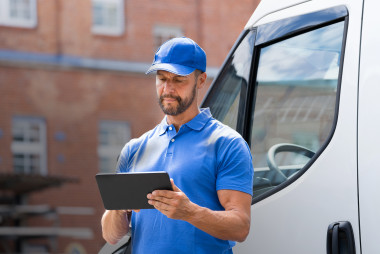INTRO
Today's major airports and air travel play an important role in modern society. They facilitate trade and tourism, provide jobs and useful services, generate economic growth and contribute to national budgets. At the same time, air transport is one of the riskiest and most complex businesses. This makes comprehensive tracking and monitoring of airport ground vehicles and assets not just an attractive option, but a necessity.
CHALLENGE
The largest airports are the pacemakers of today’s life, filled with thousands of passengers, staff members, contractors, security personnel, special ground vehicles, shuttles, ground support equipment (GSE), and plenty of valuable assets. According to Airports Council International’s (ACI) annual reports, the number of passengers served at the top 50 busiest airports worldwide is 44 to 110 million in the year 2019, and 15 to 44 million in 2020. To some extent, these airports are cities of their own, reaching a market value of billions of US dollars.
As a business, airports need to consider and think through their vehicles to drive sustainability and equipment maintenance, capacity management, competition from other hubs, improving their safety and security, dealing with revenue challenges, reputation and environmental impact.
Speaking of the environment, the use of electric GSE in airport fleets is gaining popularity today, as lithium-ion-based machine types help combat rising fuel and maintenance costs while intelligently saving energy for the equipment daily. In addition, the use of electric tow tractors, cargo loaders, cargo transporters and passenger boarding bridges can reduce emissions of particulate matter and greenhouse gases.
Even more, within sizable buildings such as airports, managers and team leaders may spend a considerable amount of time managing and finding in real-time what they are looking for and accountable for - vehicle fleets, equipment, people, goods, and assets.
So to say, even the best staff training, drills, cameras and walkie-talkies will not solve these challenges. Neither the old-fashioned ‘pen and paper’ methods causing errors, havoc, frequent misunderstandings or even dishonesty and time-consuming disputes. Even more, the COVID-19 pandemic is having significant implications on the aviation industry today, and they have to be considered for sure.
Hence, is there any way to overcome these obstacles and reap the benefits of vehicle telematics, GPS location and other relevant data tracking, Bluetooth® technology, and positioning indoors to optimise business operations in airports? Yes, it is, and that is where Teltonika's wide range of product portfolio and expertise come in very handy.
SOLUTION
To make it easier to grasp the concept, we structured the solution in three parts - ground vehicle and equipment tracking, indoor tracking solutions, and driver and operator tracking. Let's go through them in more detail...
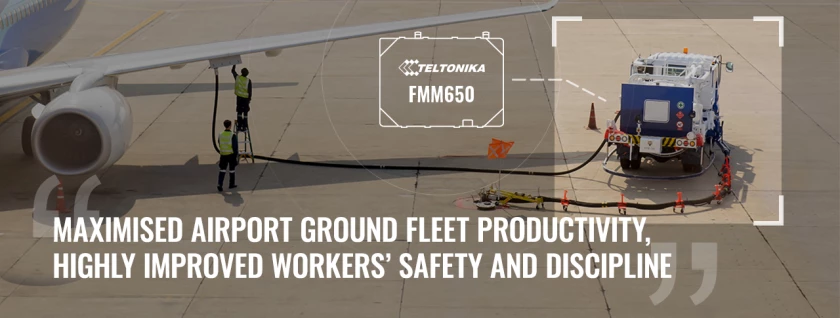
Airport ground vehicles and ground support equipment tracking. Large contemporary airports may utilise an impressive variety of them - pushback tugs, catering trucks, de-icing vehicles, snow-ploughing, -sweeping and -blowing vehicles, passenger boarding stairs, electric container loaders and transporters, water and refuelling trucks, fire brigade trucks, ‘follow me’ and other airport-service cars, indoor passenger e-carts, apron and shuttle buses, dollies with cargo pallets and unit load devices, catering vehicles, etc. All of them have to be simultaneously tracked, monitored, maintained, and managed properly, timely, and safely.
To achieve that with minimum effort and maximum results, we use here the PROFESSIONAL category Teltonika vehicle tracker FMM650. This is a comprehensive terminal for professional applications designed and manufactured for complex and the most demanding vehicle tracking solutions, where one GPS device can effectively perform multiple tasks, and support various 3rd party devices to maximise fleet efficiency.
Thanks to integrated FMS CAN bus data (SAE J1939 protocol) and CAN bus data (J1708 protocol) readings, abundant features including Bluetooth® connectivity and usage scenarios set, FMM650 model allows tracking sensible parameters of interest of all diesel and electric types of vehicles and equipment mentioned above. Afterwards, Teltonika GPS device sends the gathered data, combined with its GNSS location details, to a dedicated server for timely analysis, monitoring, and unbiased decision-making based on actual data.
To mention a few parameters, it might be a truck or shuttle bus location coordinates, fuel consumption, fuel level, vehicle mileage and speed, engine faults notifications, seat belt status, headlight status, overspeeding detection, excessive idling and/or crash detection, trip scenario, auto geofencing, etc.
The result? The main benefits are maximised airport ground fleet productivity, greatly improved worker safety and discipline, optimised workflow, vehicle utilisation and preventive maintenance procedures, reduced downtime, wasted time and valuable company resources, etc. It helps to optimise key routines associated with the airport ground fleet and can significantly improve operating costs, business efficiency and return on investment.
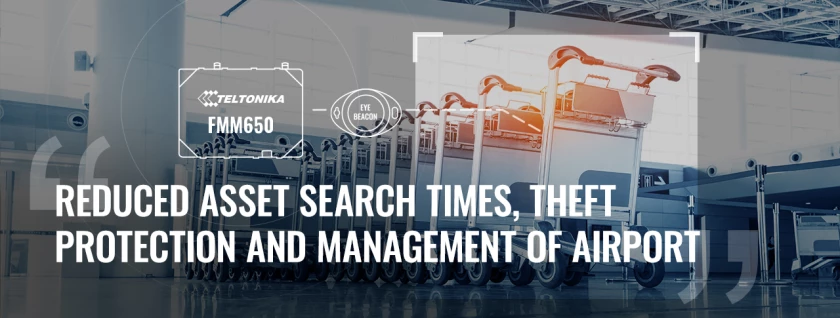
Indoor tracking. Here we discuss further indoor positioning, tracking and navigation in airports specifically for Teltonika GPS trackers in combination with Bluetooth® Low Energy beacons, small ID radio transmitters. They repeatedly transmit signals unique to each of them and GPS devices read and identify every one of them. Bluetooth® connectivity is used here because GPS signals often are not accurate enough to be practical indoors or in narrow streets and gaps as they diminish and scatter.
For the sake of the example here, we choose the ADVANCED category Teltonika FMM130 model. In this case, these GPS devices are permanently mounted on a ceiling or upper part of a wall in airport premises and terminals, baggage handling areas, building hallways, stairways, parking facilities, etc. and used as signal gateways, whether Bluetooth® LE ID beacons are attached to assets and people of interest.
Teltonika GPS trackers support up to 100 beacons at a time and each of them will continuously work, depending on the model, around 2 to 10 years on a single battery. Possibilities and benefits are remarkable - airport hand trolleys and wheelchairs tracking, various items tracking on container loaders and luggage transporters, staff personal transporters, tracking of expensive tools in the hangars and workshops, coordination of security, contractors or any other workforces, etc. Learn more about how it works here.
The key benefits - far better organisation of operations, administration, and space utilisation, reduced search times, theft protection and management of the airport, staff and passenger assets, increased security and timing accuracy, significant cost savings, improved customer service and reputation.
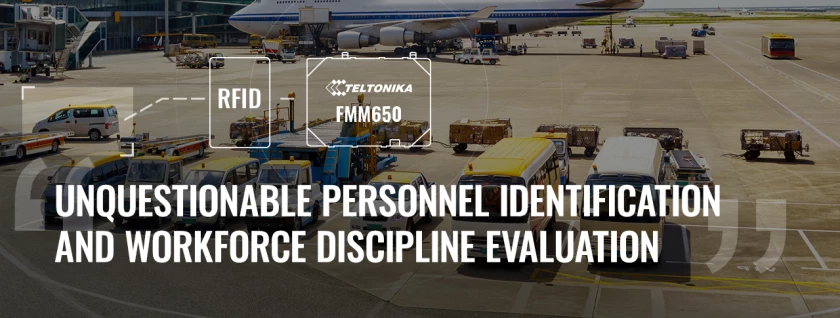
Automated drivers’ and operators’ identification and time tracking. To address this significant challenge and help airport management run a smooth and efficient business, we propose a practical, present-day solution - an automated driver identification and timekeeping system using GPS trackers mounted on ground vehicles and related accessories.
The approach is based on the 1-Wire communication bus system combining a contactless Radio-frequency identification (RFID) card, 1-Wire RFID reader, and Teltonika GPS tracker model compatible with 1-Wire communication (in this case - FMM650). Each and single RFID card has a unique factory-programmed 64-bit identification number which is used for a driver’s (or operator’s and maintenance personnel's) authentication and the exact electronic date and time stamp.
1-Wire RFID reader has to be mounted in a vehicle dashboard and connected to a GPS tracking device. Learn more about how it works here. Alternatively, Teltonika EYE Beacons can also be used for driver identification.
Here to add, based on comprehensive data gathering and dedicated 3rd party software, the method allows not only unquestionable identification but to calculate automatically and precisely lunch break deductions, holidays, sickness absence, overtime, downtime, travel times to a project site, relevant expenses, allowances, evaluate workforce discipline, etc.
TOPOLOGY #1
TOPOLOGY #2
BENEFITS
- Smooth airport operations and outstanding efficiency – 100% accountability of everything important to the business - ground vehicles, equipment, goods, valuable assets, processes, patterns, and personnel actions are being tracked, monitored, and optimised.
- Remarkable Teltonika GPS tracker FMx650 series functionality to serve airport fleet needs - built-in CAN bus data reading feature, flexible configuration, thorough I/O set, multiple usage scenarios, and plentiful benefits to optimise ground vehicles management, lower its running cost, and improve ROI.
- Automated hassle-free drivers’ and operators' time tracking, monitoring, and management - accurate and easy-to-use personnel including drivers clocking method utilising 1-Wire technology, relevant vehicle GPS trackers, and accessories. Data are accessible anytime and anywhere via PC, tablet, and smartphone.
- Boosted workforce discipline, desired vehicle and equipment usage habits, and work ethics - constant airport fleet drivers’ routine events tracking and monitoring in combination with an appropriate motivation system in place will improve company reputation, optimise a workflow and its running cost.
- Customisable solutions for every project and premise to get the maximum value out of it. For instance, Bluetooth® LE ID beacon signal strength and data transmitting intervals can be configured to exact project application needs and used in, practically, any form and size buildings.
- Positive environmental impact – utilise electric vehicles and machinery to help minimise the environmental footprint and contribute to sustainability efforts.
WHY TELTONIKA?
For airport ground fleet, staff time management, indoor asset tracking and monitoring solutions, we offer a proven, easy-to-install hardware and firmware combination - Bluetooth® LE technology-based ID beacons, convenient accessories, and reliable Teltonika vehicle GPS trackers. Extensive feature sets and multiple deployment scenarios deliver a wealth of benefits, helping to improve business operations, reduce operational costs, increase airport competitiveness, and ROI.
Teltonika's innovative telematics devices integrate easily with airport management platforms to provide greater visibility and control of assets. Our solutions reduce downtime, optimise fuel consumption, and improve regulatory compliance by providing accurate, data-driven insights. Whether managing pushback tugs, shuttle buses, or baggage handling fleets, our comprehensive portfolio of GPS products helps airports to operate at peak efficiency with precision and reliability.
Featured product
FMM650Reliable 4G LTE Cat M1 and NB IoT connectivity with fallback 2G network ensures wide-ranging coverage for your fleet management needs. FMM650 uses a separate module to gather GNSS data and has dual-channel, L1 + L5 support.
Tachograph live data reading via K-Line, ALL-CAN, Tacho CAN or FMS connections for everyday driver management and fleet efficiency
Read J1939 data that includes standard CAN FMS from heavy vehicles like trucks and raw J1939 data from special machinery, such as construction cranes or electric buses. Possibility to connect to CAN line with multiple nodes.
2x RS232 and 1x RS485 serial communication interfaces for connecting external devices, such as thermographs, sensors, RFID readers and more


